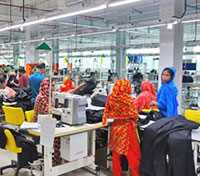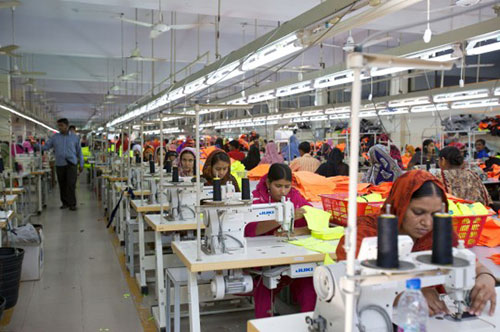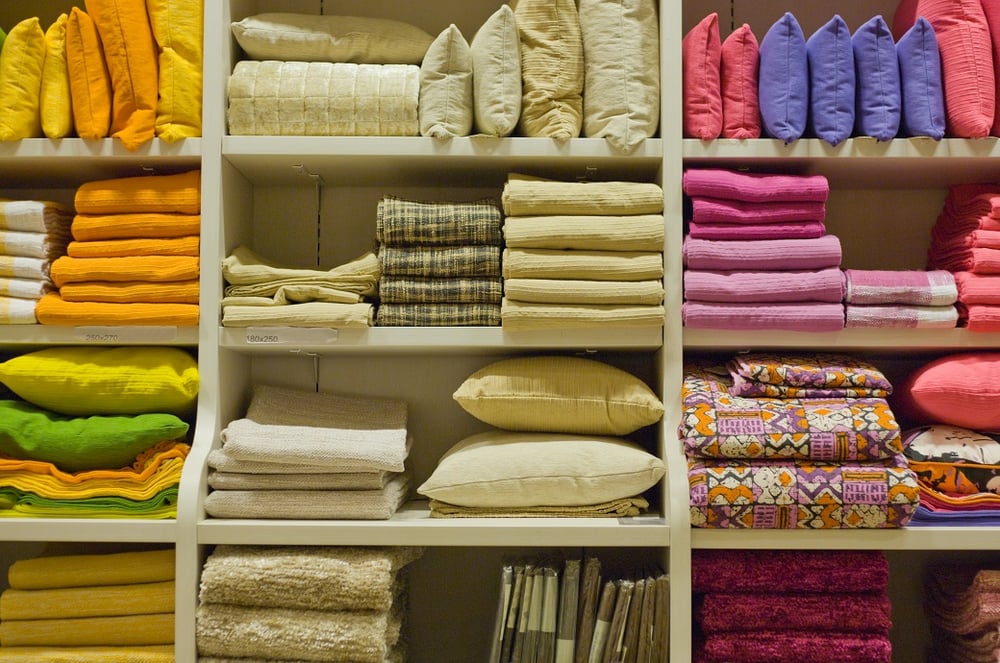"With the US increasing tariffs on Chinese goods to 25 per cent, Bangladesh’s overseas sales rose to a record $40.5 billion in the year ended June 30.The country now aims to double its exports to $72 billion by 2024. This includes the $41 billion clothing business that goes to China that will provide a fillip to its economy"
 The US-China trade war is creating new export opportunities for other South Asian nations like Bangladesh, Vietnam and Malaysia. For example, Bangladesh-based garment manufacturers like the Newage Group are getting inquiries from US retailers like Macy’s and Gap. Viyellatex Group forecasts its annual exports to the US to more than double to $25 million in the year that began July 1, 2019. About 30 per cent of the company’s clients, including PVH Corp, owner of American fashion labels Tommy Hilfiger and Calvin Klein from the US.
The US-China trade war is creating new export opportunities for other South Asian nations like Bangladesh, Vietnam and Malaysia. For example, Bangladesh-based garment manufacturers like the Newage Group are getting inquiries from US retailers like Macy’s and Gap. Viyellatex Group forecasts its annual exports to the US to more than double to $25 million in the year that began July 1, 2019. About 30 per cent of the company’s clients, including PVH Corp, owner of American fashion labels Tommy Hilfiger and Calvin Klein from the US.
With the US increasing tariffs on Chinese goods to 25 per cent, Bangladesh’s overseas sales rose to a record $40.5 billion in the year ended June 30.The country now aims to double its exports to $72 billion by 2024. This includes the $41 billion clothing business that goes to China that will provide a fillip to its economy.
An opportunity for Bangladesh and Vietnam
So far, Trump has not included finished clothing in the list of tariffs levied on Chinese products. However, if these tariffs are included in the next round, they will impact the Chinese textile industry badly. In a situation like this, Bangladesh and Vietnam will be obvious choices as the next manufacturing destinations as retailers with exposure to the US will move their production out of China. To tap rising demand, Newage has tied up with a Chinese investor to set up a $20 million garment factory in Kaliakoir on the outskirts of the capital Dhaka. The unit will start production in four months.
Infrastructure bottlenecks
However, there are several roadblocks for Bangladesh companies in winning orders from Western firms. Not only does the country need to improve its supply chain, but also modernise its garment factories build highways and reduce red tape at ports to lure more buyers. The central government has been initiating several infrastructure projects. It opened two four-lane bridges on the highway to the Chittagong Port in May and another bridge earlier in March, which reduced travel time to the nation’s main port by almost half. Though the government has also been accelerating highway construction, it still takes 168 hours for exporters in the nation to ship from Dhaka, while it takes just 23 hours in Shanghai.
According to Fahmida Khatun, executive director of Dhaka-based Centre for Policy Dialogue, Bangladeshi exporters also need to improve their productivity for which they need to go for technological upgrade and automation in the garment industry.












